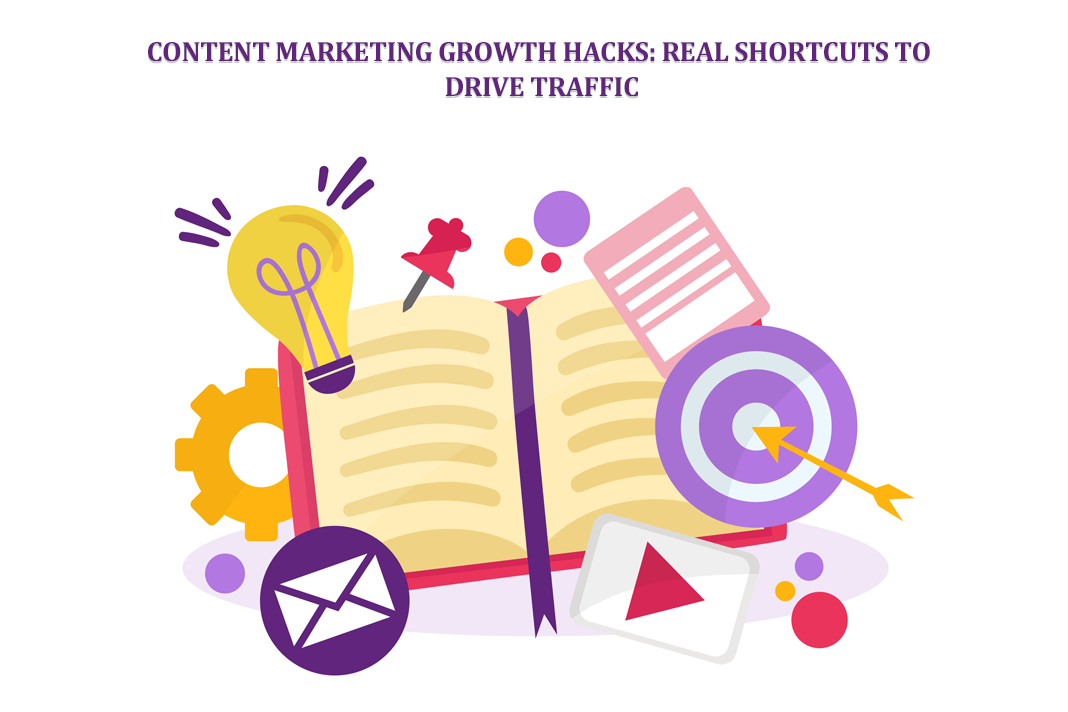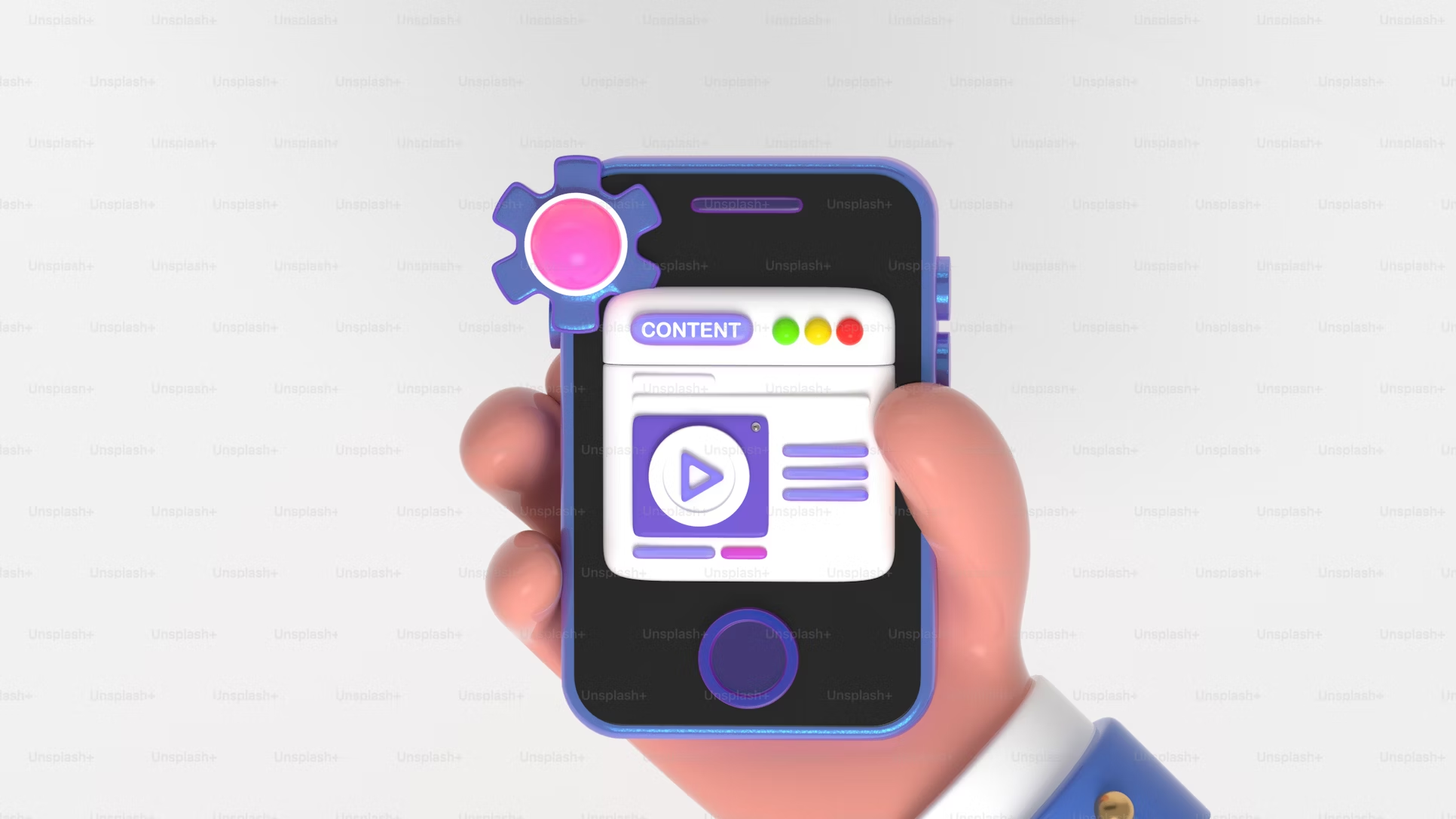Brand Strategy: How Good Brands Create Significant Differentiation
For any business, differentiating their brand from competitors is a key part of their business strategy. A company needs to provide their customers with features and benefits that the competitors don’t have. The differentiation should be real, tangible and the best you can get in the market for your target audience. This article shares effective branding strategies that are applicable across different industries or business niches.
Quick Links
What is Brand Strategy?
Brand Strategy is about the brand’s purpose and values. It’s about what you stand for in the marketplace and how you can create meaningful differentiation from your competitors. It’s about understanding who you are, why your customers buy from you and what makes you special.
A strong brand strategy helps guide your entire organization so that everyone is on the same page and working towards the same goals.
The best brands have a clear purpose: they know who they want to serve, why they want to serve them, and how they want to serve them. They also have a clear point of view (why do they exist?), a distinct identity (what do they look like?), a consistent message (what do they say?) and consistent behavior (how do they act?).
Once you’ve developed this clarity around your brand’s purpose and values, the rest becomes easier: it guides everything from product development to marketing communications to packaging design — everything!
1. Create a Unique Culture
The most iconic brands in the world have built their success on creating a unique culture around their products or services. Apple has made its name by creating an innovative culture within its walls that inspires employees at all levels to think differently about what consumers want from technology.
Google has created a culture of innovation where employees are encouraged to spend 20% of their time working on side projects that may lead to new ideas for the company’s products or services.
And Starbucks has created an employee training program that ensures baristas are knowledgeable about how to prepare specialty drinks and educate customers about what goes into making each drink.
2. Companies have emotions, too
Branding is about creating emotional connections with your audience.
People have emotions, and companies are no exception. Emotions are the key to creating a brand that resonates with your customers.
They have personalities and values that guide their decisions about how they conduct business with customers, employees and the world at large. They define themselves by what they stand for as much as what they make their customers want from them. Brands are defined by their emotional connection with consumers.
Companies don’t want just any consumer; they want someone who’s willing to buy their products regularly over time because he or she believes in the company’s mission (or at least wants what it represents).
3. Stand for something
This is the most important point of all, and it’s the one that sets good brands apart from the rest. You can be big, you can be lean, you can be cheap – but if you don’t stand for something, then you won’t last.
It doesn’t matter if your brand is a person or a place or a product. People have to know what you stand for. They have to know what makes you different, what sets you apart from everyone else. They have to understand why they need you and not another company or person.
And they have to believe it. They have to believe that this is what they need and that they will get it from you (or them) better than anyone else could possibly provide it. If they don’t believe that – if they think there might be someone else who could do better – then no matter how well-known or well-established your brand is, it won’t be around for long because people will stop buying from it in favor of alternatives that are more likely to deliver what they want at a reasonable price point with minimal hassle and risk of disappointment or failure along the way.
4. Take risks
Brands that are willing to take risks are more likely to create significant differentiation.
This can be anything from launching a new product category, such as Nike’s FuelBand fitness tracker, or putting together an advertising campaign that goes against the grain.
Take the example of Apple’s “Get a Mac” campaign, which poked fun at the PC by showing how much easier Macs were to use than Windows machines. It was controversial, but it differentiated Apple from its competitors and made people take notice of the brand in a way that would not have been possible otherwise.
5. Share information freely
Sharing is caring, especially in business. If you provide useful content, people will be more likely to trust you and connect with your brand. This could be anything from blog posts about current industry trends to videos showing how your products are made. Be sure to use social media as well — Facebook and Twitter are great platforms for sharing news and updates with customers or potential customers.
Takeaway
Ultimately, the best brand strategy is one that focuses on creating significant differentiation between you and your competitors. This requires an understanding of what makes you unique in your industry, and how you can leverage that uniqueness to your advantage. Once you know your core strategy, communicating it through your marketing will become much easier.
How to Use SEO and SEA Together in Search Engine Marketing
In digital marketing, search engine marketing (SEM) plays a critical role in improving online…
0 Comments10 Minutes
Content Marketing Growth Hacks: Real Shortcuts to Drive Traffic
Are you still lagging in content marketing? Sticking to these old strategies seems…
0 Comments10 Minutes
How to Build a Strong Local Following Using Social Media Marketing
In the days of likes, shares, and stories, local businesses have a golden opportunity to create…
0 Comments9 Minutes
Why WooCommerce is the Best Choice for Your Online Store?
WooCommerce stands out as a top option for anyone looking to build an online store. This platform…
0 Comments8 Minutes
How to Use AI-Powered SEO Tools for WordPress eCommerce
SEO is a critical factor in the success of any e-commerce WordPress store. As competition…
0 Comments11 Minutes
Why Short-Form Videos Are the Future of Content Marketing
Your Instagram customers spend over 50% of their time watching short-form videos and reels. Rather…
0 Comments12 Minutes
The Role of Digital Marketing in Business Growth
Online marketing touches every aspect of a business, whether it is initiating the idea or for an…
0 Comments3 Minutes
AI Meets Authenticity: Balancing Automation and Human Touch in Content Marketing
Is your brand starting to sound like a robot? In a world where algorithms write faster than any…
0 Comments8 Minutes








